SHIPPING TO ALL MEXICO
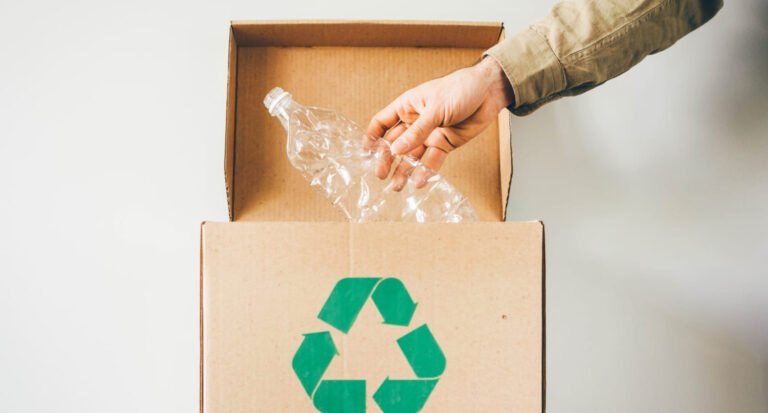
SHIPPING TO ALL MEXICO
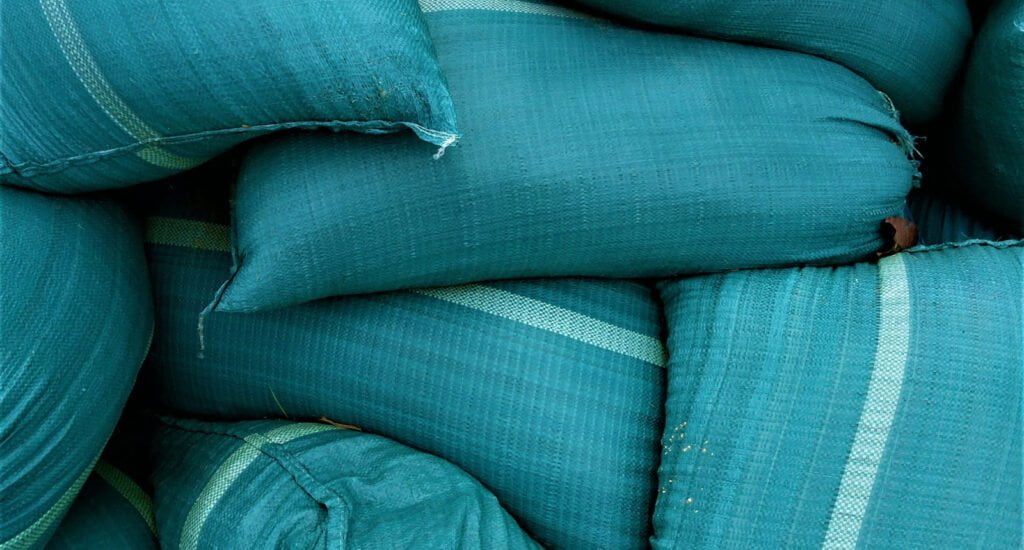
It is a thermoplastic that has a series of properties that are difficult to find in other materials, such as: Its high thermal stability allows it to work for a long time at a temperature of 100 °C in air.
It is also resistant to boiling water and can be sterilized at temperatures up to 140°C without fear of deformation.
| Advantages | Typical Applications |
|---|---|
| Lightweight | Tank and deposits for chemicals |
| High resistance to tension and compression | Lab furniture |
| Excellent dielectric properties | Pressure plates for filters |
| Resistance to most acids and alkalis | Components for pumps |
| Low coefficient of moisture absorption | Prosthetics, etc. Not toxic |
| Not stain |
| Property | |
|---|---|
| -Dielectric constant @1MHZ 2.2-2.6 -Dissipation factor at 1 MHZ 0.0003- 0.0005 -Dielectric strength (KV mm-1) 30-40 -Surface resistivity (Ohm/sq) -Volume resistivity at ^C (Ohmcm) | ELECTRICAL |
| -Water absorption- Balance% 0.3 -Density (gcm-3) 0.9 -Refractive index 1.49 – Limit oxygen index (%) 18 -Combustible Flammability -Acceptable Ultraviolet Resistance | PHYSICAL |
| -Elongation at break (%) -Coefficient of friction -Hardness-Rockwell -Modulus of traction (GPa) -Resists Abrasion ASTM D1044 -Tensile Resistance (MPa) -Izod impact resistance (Jm-1) | MECHANICAL |
| -Specific heat (JK-1 kg-1) -Coefficient of thermal expansion (x10-6 K-1) -Thermal conductivity at 23C (Wm-1 K-1) -Maximum operating temperature (°C) 90-120 -Minimum operating temperature (°C) 10-60 -Hot deflection temperature -0.45 MPa (°C) 100-105 | THERMAL |
| -Concentrated acids- Good -Dilute Acids – Good -Alkalis- Good -Alcohols- Good -Ketones- Good -Fats and oils- Good -Halogens- Poor -Aromatic Hydrocarbons | CHEMICALS |
They can be classified, depending on the reaction medium and the operating temperature, into three types:
An endless number of different polypropylene products can be prepared from industrial processes, whose properties vary according to the length of the polymer chains (molecular weight), its polydispersity, the comonomers eventually incorporated, etc. These basic characteristics define the mechanical properties of the material and its final applications. Literally speaking of different types or grades of polypropylene.
| Region | Percentage |
|---|---|
| Asia Pacific | 64.2% |
| Oriental Europe | 11.6% |
| North America | 11.6% |
| Eastern Europe | 8.4% |

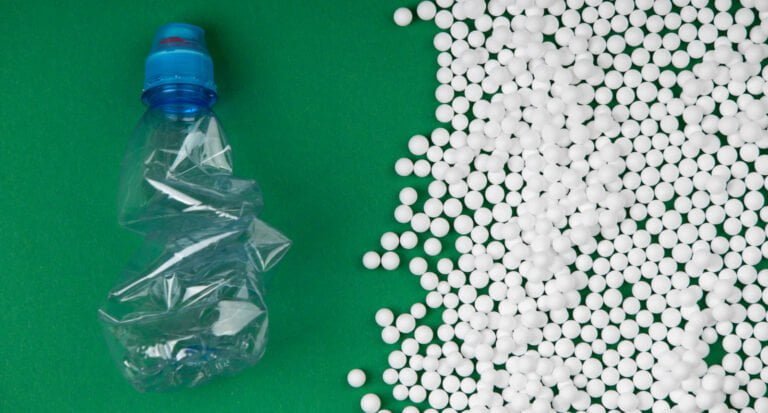
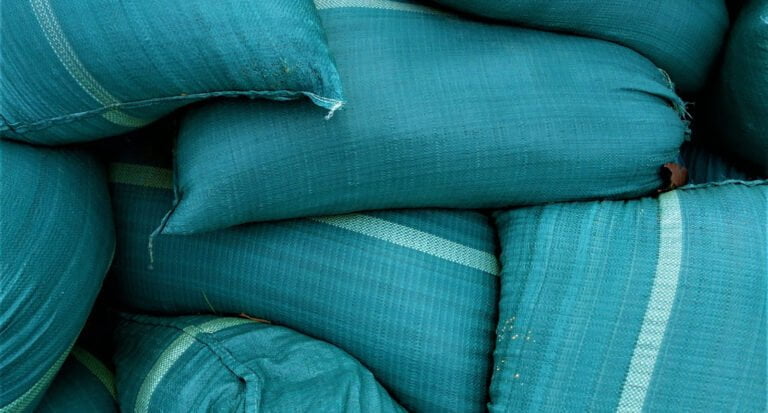
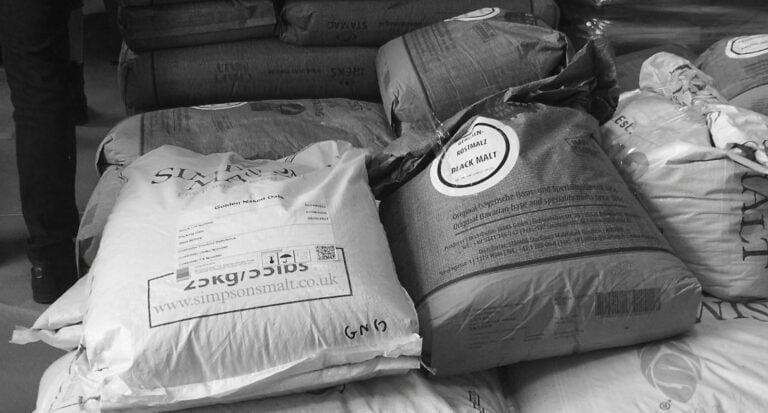
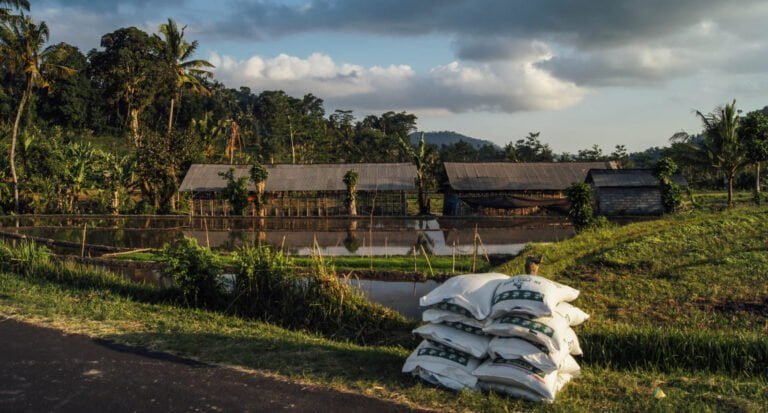

Get news and updates
